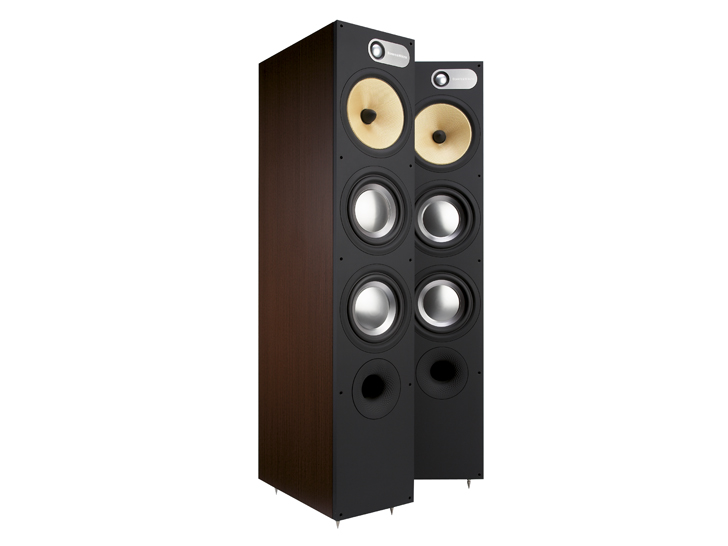TechRadar Verdict
Solid build with notably advanced drive unit technology that contributes to a neutral overall balance and fine dynamic range. Bass tuning option is clever, and if the overall sound is cautious, it’s very effective
Pros
- +
Well built
- +
Bass tuning option
- +
Strong, effective sound performance
Cons
- -
Sound errs a little on the side of caution
Why you can trust TechRadar
Now under Canadian ownership, Bowers & Wilkins (as it now likes to be known) is essentially a British company, with its headquarters and major manufacturing operation in Worthing, plus research and development labs a few miles inland at Steyning. The combination has been conspicuously successful, in creating and sustaining a dominant market position in hi-fi speakers worldwide, aided by numerous ranges of models that fill every possible niche.
Since the dawn of time, various guises of the 600-series have been the most cost-effective conventional speakers in the Bowers & Wilkins line-up, thanks in part to the use of vinyl woodprint surfaces and, in these latest incarnations, Chinese manufacturing. This £899 per pair floorstanding 683 is the largest and most costly of four stereo pairs.
It's a full three-way design, which allows each drive unit to be optimised to its particular role. Crucially, the midrange driver is a version of the 'surroundless' FST (Fixed Suspension Transducer) unit that was pioneered in the more upmarket models. Whereas the midrange driver of most three-ways is the same as the bass driver, a mid-only unit doesn't undergo significant cone excursion. This means that the surround is not actually fixed to the 143mm diameter Kevlar cone, but is expressly optimised to absorb edge-of-cone vibrations.
The twin bass drivers have larger frames, but smaller (120mm) aluminium/paper/Kevlar diaphragms than the midrange unit. Oversize central domes stiffen the cones to create a more pistonic action and a front port provides reflex loading; hollow foam bungs are a useful addition that allow the ports to be re-tuned and damped. The tweeter has a rather exposed and vulnerable-looking 25mm aluminium dome diaphragm, loaded at the rear by an internal tapering tube.
While the whole thing feels very solid and hefty, we're not sure it's a particularly pretty speaker, especially in the dull brown 'wenge' finish of our review sample. Light oak, black and cherry vinyl woodprints are also available, however. No plinth is supplied or available, but the spike fixing is effective. Though any three-way crossover is necessarily complex, it has fewer components than its predecessors and is fed from twin terminal pairs.
Sound Quality
Positioned well clear of walls and with the ports left completely open, the 683 sounds just a little too bass heavy, suggesting it would be happier in a somewhat larger space than the 4.3x2.6x5.5m room used for our tests.
Inserting the hollow bungs proves, "just right", delivering a bass that is both beautifully balanced, yet also deep and purposeful if a shade lacking in crispness.
With bungs, the speaker delivers a thoroughly impressive overall neutrality, leading with its high-quality midband, and bringing nice warmth and 'body' to voice reproduction.
It can sound a trifle 'shut-in' if the system is being played very quietly, but by the same token it avoids becoming aggressive when the volume
is turned up.
On the whole, this speaker does a fine job that leaves little room for criticism. Its sins are merely that the sound could be more exciting, as could the physical appearance, which would certainly be enhanced if a proper plinth was supplied. But beauty is, of course, in the eye of the beholder.
The TechRadar hive mind. The Megazord. The Voltron. When our powers combine, we become 'TECHRADAR STAFF'. You'll usually see this author name when the entire team has collaborated on a project or an article, whether that's a run-down ranking of our favorite Marvel films, or a round-up of all the coolest things we've collectively seen at annual tech shows like CES and MWC. We are one.
